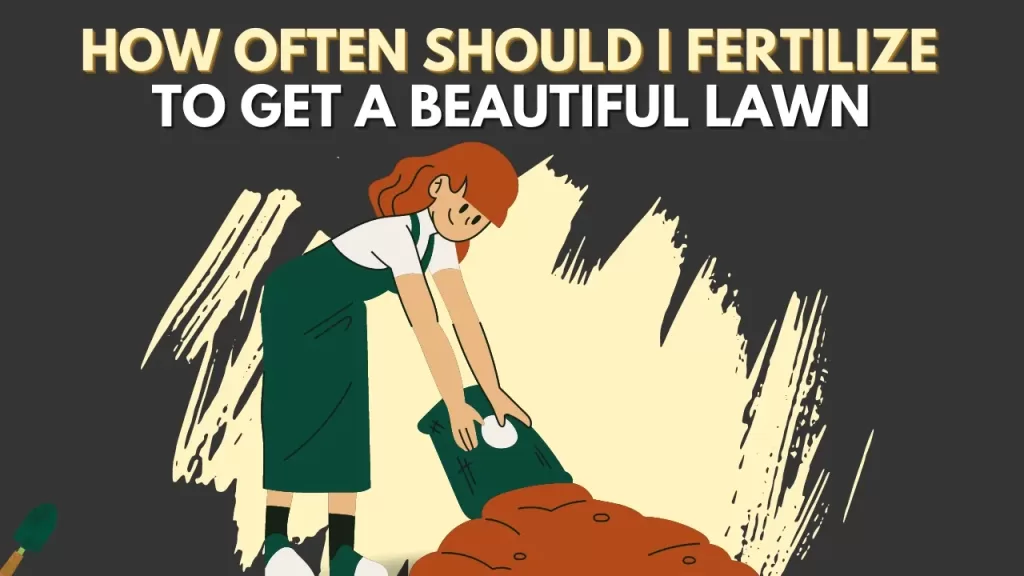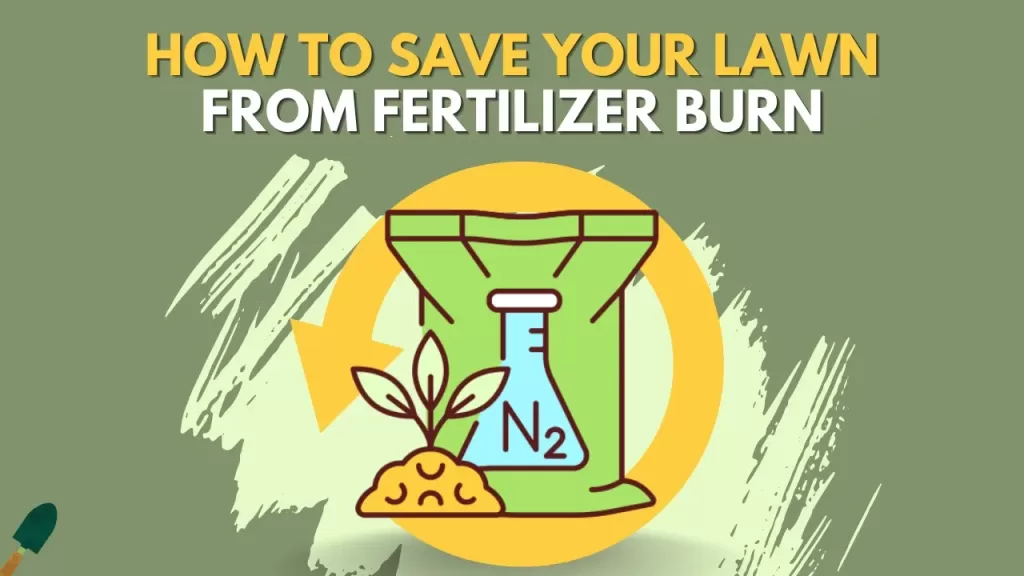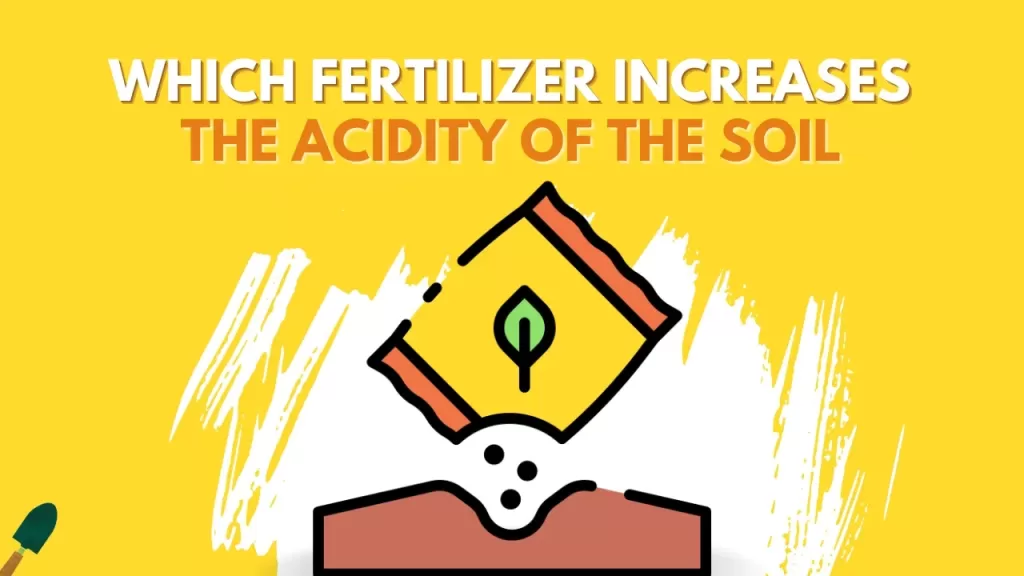How often should you fertilize your grass? This would be the main question that is very frequently asked by almost every lawn owner. Fertilizing lawns is one way of helping your soil and grass grow as green and healthy as possible. If you are a lawn lover, you must be looking for ways to fertilize your lawn to make it lush, green, and beautiful.
You should fertilize your lawn four times a year to have green and thick grass as well as a better root system. The time for these four fertilizer applications should be from early spring to the end of the fall, and you should also keep in mind that the gap between every two applications should be at least six weeks, so that you are not over-fertilizing your lawn.
There are some other factors that you need to keep in mind when you are fertilizing your lawn, such as the type of grass in your lawn or the soil, and the climate. In this article, we will talk about all the factors in detail that will help you in choosing the best time to fertilize your lawn.
Factors to determine how often you should fertilize your lawn
Before starting any fertilizing cycle, you need to consider some factors that will determine how, what, and when you should fertilize your lawn. Going through these factors will help you in the fertilization process and also save you a lot of work and money.
| Soil | Grass | Fertilizer |
- Soil – The first thing you need to check before a new fertilization process is what your soil type is, what nutrients it already has, and what things it needs for the proper growth of the grass. The best way to do this is by testing your soil for pH and other nutrients. There are two ways you can do this. The first way is to take a sample of your soil and send it to a local soil testing facility. The other way is to buy a soil testing kit from a local store or online and test the soil by yourself.
There are some pros and cons in both ways. If you decide to test the soil by yourself, then you can test it in one day, and the result would be very fast, but the con would be that the result is not as accurate as the soil testing kit. On the other hand, the lab tests are accurate and test for more things than the soil testing kit, but the results take some time, and you need to wait some time before starting your fertilization process.
- Grass – The other factor you need to consider after soil is the grass. You need to see which type of grass you have on your lawn, what time of the year your grass grows the most, and when it doesn’t. What nutrients does your grass need the most, and what can harm your lawn?
Grasses are divided into two categories: cool-season grasses like Ryegrass, bluegrass, bentgrass, etc., and summer grasses like Bermuda grass, St. Augustine grass, zoysia, centipede grass, etc.
You need to fertilize your lawn during the growth period of your grass. If you have warm-season grass, then you should best focus on fertilizing your lawn in the spring season. Warm-season grasses go dormant in the winter season and don’t need any nutrients, so you don’t fertilize your lawn in the fall.
On the other hand, if your lawn has cool-season grass like bluegrass, then the best time to fertilize would be from late summer to the middle of the fall when the grass grows the most. You can fertilize again in late spring or early summer to give your grass a little boost.
- Fertilizer – The third factor, which also determines the frequency of fertilizer application, is fertilizer itself. There are so many types of fertilizer available for every need, from a slow-release fertilizer that feeds consistent nutrients to the soil for proper growth to a quick-release starter fertilizer that gives some initial boost to a newly seeded or dormant lawn. There are other fertilizers also available, so you need to first read the label and decide what will be the best way and frequency of fertilization.
When to apply fertilizer?
Now you know all the factors in deciding how frequently you should fertilize your lawn, so now we will discuss in-depth how often you should fertilize your lawn.
Step 1 – Build a program for your lawn
The best thing you can do to make your lawn look lusher and beautiful is to fertilize it properly, and to properly fertilize the lawn, you need to make a fertilizing program. This will make your work easier as you will know when to do it and what to do.
The program I am going to discuss here is for warm-season grasses like St. Augustine grass because most lawns have these kinds of grasses.
Step 2 – Early spring
This is the time between February and April when your lawn grass is coming back from the dormant winter season and starting to green up a little bit.
This is the most crucial time for your grass to start the growing process, and it needs a boost. So, if you give proper nutrients and food to the grass, you will see a jump in the growth of the grass.
Step 3 – Late spring
Now you have done your first application of fertilizing 6 to 8 weeks ago, and the grass is using that food to grow. Now is the time to give a little nudge to your lawn to have steady growth. You don’t want your grass to stress out because of the lack of nutrients in the soil, as still in a growing period.
Step 4 – Summer
This is a crucial and tough period for grass. The grass faces tough heat, drought, foot traffic, and all the other kinds of things that can stress it out and make it thin and ugly. Fertilizing in this period will give strength to your lawn and will make sure that the lawn is in good shape.
Step 5 – Fall
So the summer was tough, and the lawn consumed all its food to grow and survive during that period. Now it is looking for food to recover from that heavy summer season and all the damage that it has done, and also storing some for winter sleep. This application will make sure that the roots are in good shape and also level up nitrogen storage in the soil for a beautiful lawn after the winter nap.
Tip – The best time to fertilize your lawn is after it has proper watering or a hard rain, so that the soil is damp and can absorb all the food you are providing. Make sure you check the weather before applying the fertilizer to avoid heavy rain in your area, as it will cause the nutrients to wash away before it is absorbed by the soil.
Also, don’t water your lawn after fertilizing to make sure you are giving your lawn some time to take in all the nutrients. For the initial days, gently water your lawn to allow the fertilizer to get off the grass and get deep into the soil.
Understanding what’s in your lawn
Until now, we have discussed when to apply and how to apply fertilizer. Now we are going to discuss what to apply to your lawn, and how to determine which type is best for your lawn.
For choosing a fertilizer, you need to best know what is already in your soil and what it needs. The main components of your soil consist of NPK. NPK stands for:
- Nitrogen
- Phosphorous
- Potassium (K)
All three of these components have a significant role to play in making your lawn green and beautiful. Having a proper balance of these 3 things in your soil is very crucial because if any one of the components is low or high, then it can make your lawn ugly and cause some serious problems. So now let’s understand what role these components play in your lawn.
Nitrogen is very helpful in making your lawn look green and boosting the growing process. It will help your grass grow more quickly.
Phosphorus is good for the roots of grass. It helps in the healthy development of the roots. With the help of phosphorus, the roots grow deeper and bigger, which helps the grass withstand drought or dryness in the hottest time of the summer. However, phosphorus is bad for the environment; that’s why it is recommended to use phosphorus effectively so it will not harm the surroundings.
Potassium is very helpful for your grass as it will strengthen the grass to face any stress and drought. Potassium also helps the grass to absorb nitrogen very easily, so that the grass can grow more easily and faster.
To start with the fertilization, you can choose a 20-5-10 NPK rating fertilizer. What a 20-5-10 rating means is that the fertilizer contains 20% nitrogen, 5% phosphorus, and 10% potassium. This is a good ratio to apply to a standard lawn.
Which fertilizer is best for your lawn?
The fertilizer category mainly consists of two things: organic and inorganic fertilizers. The other thing you will hear about will be slow-release and quick-release fertilizers. Now let’s take a deep look into these categories:
- Organic – These types of fertilizers consist of natural ingredients made from plants and animal waste, which provide nutrients and essential components to the soil. These fertilizers are environmentally friendly and sustainable for the lawn. This fertilizer promotes the growth of microbes and fungi, which release nutrients slowly into the soil.
These fertilizers give the soil strength to fight harmful insects and pathogens, and they also help the grass access nutrients from the soil.
- Inorganic – Inorganic or synthetic fertilizers are fertilizers that are made artificially in factories with the help of chemicals and other processes. These fertilizers give a boost to your grass by releasing nutrients very quickly.
The downside to inorganic fertilizer is that it can harm the environment by leaching, in which the fertilizers are washed away by rain or irrigation below the level of the roots.
The other con of synthetic fertilizer is that if you rely too much on this fertilizer, then it makes your grass dependent on the fertilizer itself and can’t survive without it.
So, what can you choose? If you want your lawn to look green quickly, then you should go with synthetic fertilizer, but if you want a long-term option where you want your lawn to be sustainable and healthy, then you should go with organic fertilizer.
What happens when you over-fertilize your lawn?
The most common fear that comes to the mind of a lawn owner is that I over-fertilize my lawn and ruin it instead of making it greener. If you have just applied a lawn fertilizer to your lawn, then don’t fear much because it takes some time for the lawn to show some results, either good or bad, so you need to give it some time before concluding. Sometimes, pet urine can also overfertilize some areas of the lawn, and it can burn that area.
If two or more weeks have passed by and you are fearing over-fertilizing, then there are some signs that you can look for in your lawn. Some of the signs are as follows:
- No growth in your lawn
- Formation of fertilizer crust on top of the soil
- Lawn burn and patches
- Grass turning from green to yellow and brown
- Shallow or burnt roots
If you find any one of the above problems, then you have over-fertilized your lawn.
How often should I fertilize a new lawn?
If you are starting a new lawn, then you need to fertilize it before the seeding process, as it will give a boost to the growth of the grass and make it efficient. You can use a starter fertilizer for this process, as it will be high in nitrogen, which will help in the germination process of the seeds. After this, the process of fertilizing a new lawn should be the same as any other lawn. You need to make a good program to stay consistent and on track, and give your lawn a proper dose of food.





